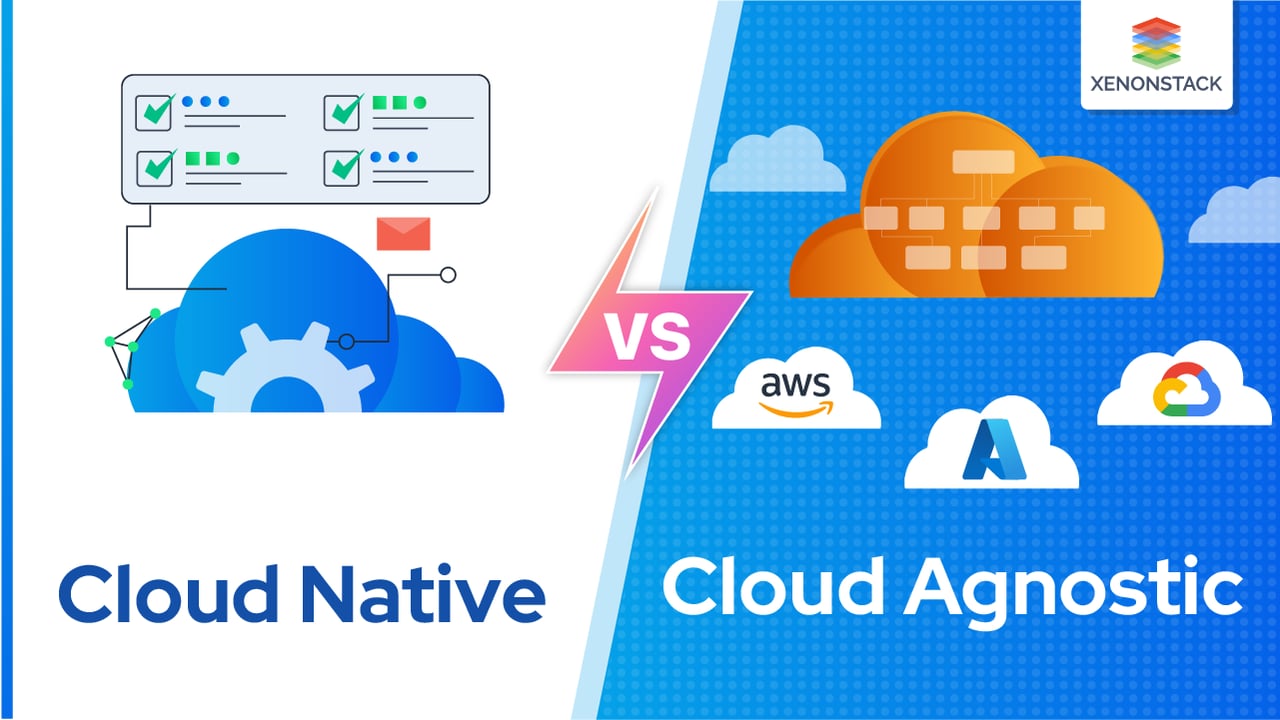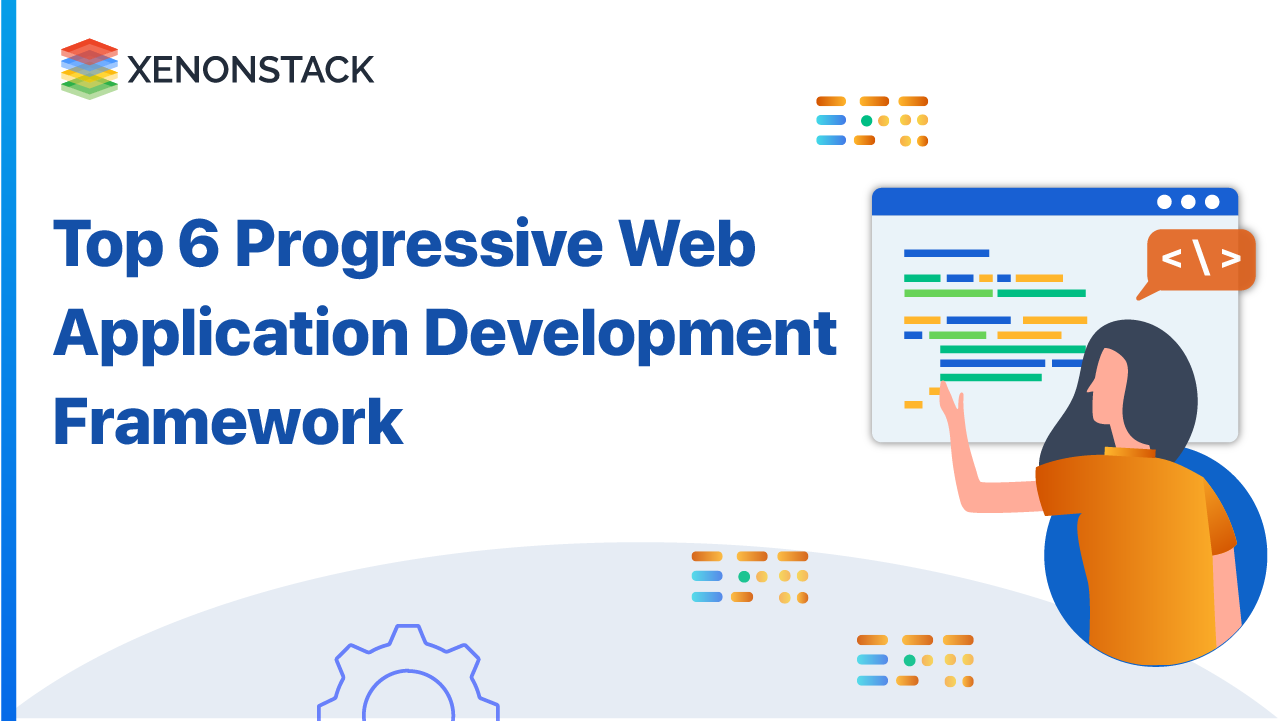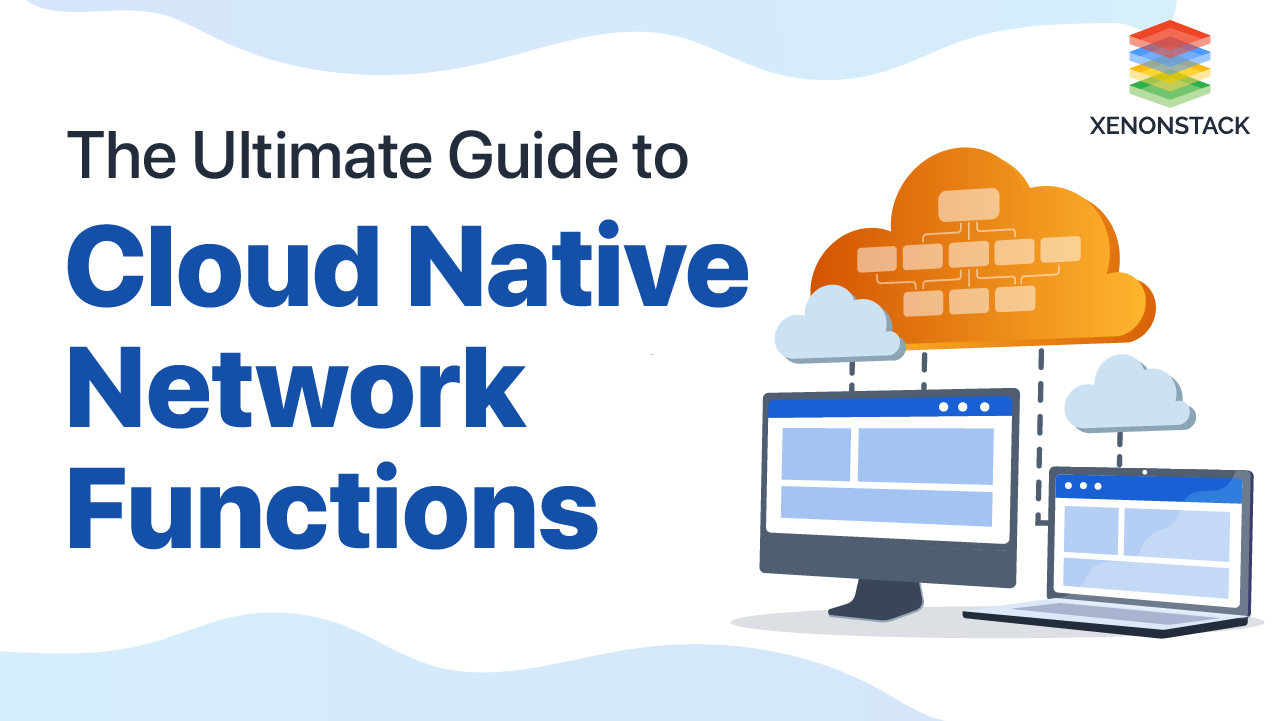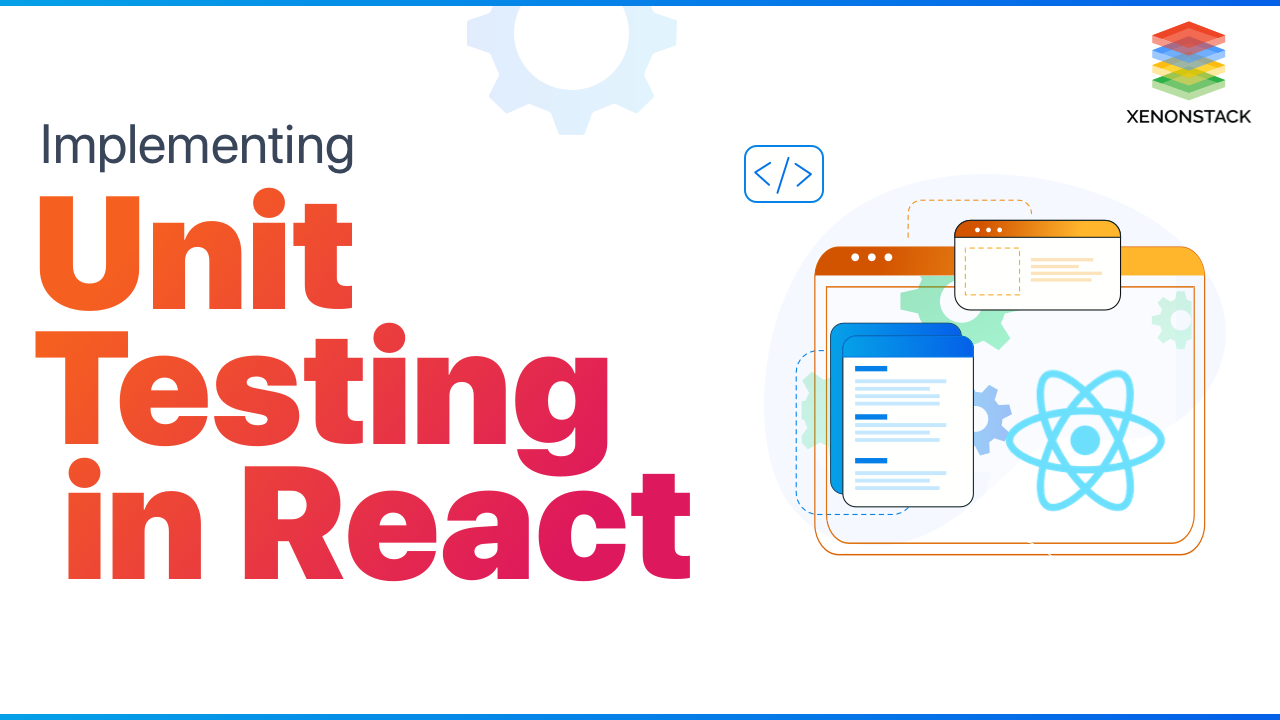
What is Cloud Native?
Cloud-native computing is an approach to software that allows organizations to build scalable applications on the cloud. These public, private, and hybrid cloud applications use various cloud environments. Many examples of cloud native applications approaches include containers, immutable infrastructure, microservices, service meshes, and declarative APIs. DevOps practices, cloud services, and software development practices are used in cloud-native architecture. As a result, networking, servers, data centers, operating systems, and firewalls are abstracted from the IT layers. As a result cloud-native architecture:
-
Offers enhanced scalability
- Delivers exceptional performance
-
Enables rapid development
A service that executes network functions in software rather than dedicated hardware. Taken From Article, Cloud Native Network Functions
Examples:
Cloud-native refers to an approach to building and running applications that takes full advantage of cloud computing capabilities and adheres to scalability, resilience, observability, and automation principles. Here are some examples of cloud-native technologies and practices:
- Orchestration Platforms: There are a couple of popular container orchestration platforms, but the most popular is Kubernetes, which enables the deployment, scaling, and management of containerized applications in an automated manner. Using this application, it is possible to effectively use resources and distribute the workload over several machines, thus maximizing resource utilization.
- Serverless Computing: Developers can run code without provisioning and managing servers using serverless computing platforms, such as AWS (Amazon Web Services) Lambda and Azure Functions. Its ability to automatically scale and pay-per-use pricing model makes serverless computing well suited to event-driven and highly scalable applications.
- Infrastructure as Code (IaC): An essential aspect of cloud-native applications is the concept of Infrastructure as Code, where the aspect of configuring and deploying the infrastructure is governed by code. It leverages the process of automation, which allows the reusability of the same code for deploying resources across multiple environments and platforms.
- Service-to-Service Communication: In a microservices architecture, individual services must communicate over the network. A service mesh provides a reliable and secure channel for inter-service communication. It typically uses sidecar proxies, such as Envoy or Linkerd, which are deployed alongside each service instance and handle traffic routing and encryption.
- Distributed Data Management: Most cloud-native applications use distributed data management systems such as Apache Kafka, Apache Cassandra, and Amazon DynamoDB to manage data. These systems allow applications to efficiently manage enormous amounts of data by providing scalable, fault-tolerant storage and processing capabilities.
What are the Fundamentals of Cloud Native?
- Cloud Infrastructure: In a dynamic, virtualized environment, cloud-native architecture fully uses cloud computing infrastructure and managed services. It can be accomplished within minutes by providing, resizing, scaling, or destroying it on demand.
- Microservices: Modern apps are built with microservices, a famous architecture for cloud-native systems. A shared fabric links the small, independent services and allows them to interact with each other.
-
- Incorporating a specific element into a broader context
- Developing and deploying independently
- Asynchronous messaging using HTTP/HTTPS, gRPC, WebSockets, or AMQP
-
- Automation: The infrastructure as a code model makes automating platform deployment and application provisioning possible. DevOps applies software engineering practices like testing and versioning. Automation, consistency, and repeatability are all part of deployments and infrastructure.
- Containerization: Containers provide a lightweight and portable environment for running applications. Cloud-native applications are often packaged as containers, encapsulating the application code, dependencies, and configurations. Containerization allows for consistent deployment across different environments.
- Resilience and Fault Tolerance: Cloud-native applications are designed to be resilient in the face of failures. They leverage techniques like replication, fault tolerance, and auto-scaling to ensure high availability and fault tolerance. Applications are expected to handle failures gracefully and recover quickly.
Pros of Cloud Native Architecture
- Scalability: Adapting systems to business needs is extremely easy.
- Resilience: When a microservice fails, it does so independently since it comprises several microservices.
- Performance: There is high performance as each component works on the separate minute segment
Cons of Cloud Native Architecture
- Management: There may be more management challenges due to the many small services.
- Culture shift: There must be a cultural shift to implement cloud-native practices.
An open-source platform designed for automating deployment, scaling, and management of containerized applications. Taken From Article, Cloud Native Architecture Patterns and Design
What is Cloud Agnostic?
An application designed to run seamlessly across cloud providers can be considered a cloud-agnostic application. Cloud-agnostic services are different from cloud-native applications as they do not rely on the tools provided by a single cloud platform. Instead, they integrate with open-source and vendor-provided tools in various ways.
It refers to designing and developing applications and infrastructure that allows them to run on multiple cloud platforms without being tightly coupled to any provider's services or APIs.
Examples:
- Multi-Cloud Management Tools: Several tools and platforms provide management and orchestration capabilities across several cloud providers. Using these tools, you can deploy, monitor, and manage your applications in a cloud-agnostic way. In this regard, some examples include Platform9, Cloud Bolt, and the Kubernetes Federation.
- Cloud-agnostic Middleware: By utilizing cloud-agnostic middleware components like messaging queues (e.g., Apache Kafka, RabbitMQ) or databases (e.g., Apache Cassandra, MongoDB), applications can decouple themselves from cloud-specific services. These components can be deployed on different cloud platforms or on-premises.
- Cloud Storage Abstraction Libraries: The use of libraries that represent cloud storage abstractions, such as Apache Libcloud or JClouds, rather than directly interacting with the specific storage services offered by cloud providers, allows applications to interact with a wide range of cloud storage providers as if they were using a unified API to communicate with these providers.
- Hybrid Cloud Deployments: The application can be designed to run on a combination of public cloud providers, private cloud providers, or even on-premises infrastructure. By adopting this hybrid cloud approach, workloads can be moved between different computing environments easily and with increased flexibility.
Aspects of Cloud Agnostic
- Abstraction of Cloud Services: Using cloud-agnostic architecture, applications are abstracted from specific cloud APIs and services. Applications can interact with different cloud providers by using common, standardized interfaces.
- Portable Infrastructure: Cloud-agnostic applications are designed to run on any cloud platform or even on-premises infrastructure. Infrastructure configurations like virtual machines, containers, and networking are defined using industry-standard technologies like Infrastructure as Code tools.
- Service Interoperability: Open protocols and standards enable cloud-agnostic applications to integrate with different clouds. They avoid proprietary APIs or features. Application developers can seamlessly integrate with various cloud services using these open standards.
- Avoiding Vendor Lock-in: A cloud-agnostic architecture reduces vendor lock-in risks. Organizations can avoid being tied to a specific vendor by integrating their apps and infrastructure with independent cloud providers to switch providers or adopt a multi-cloud strategy according to business and production needs.
Pros of Cloud Agnostic Architecture
- Consistent Performance: Businesses can maximize performance by taking advantage of more features and options.
- Avoiding Lock-in: By being portable, systems are never tied to one provider whose terms and conditions might change.
Cons of Cloud Agnostic Architecture
- Misunderstandings: There is a misconception that cloud-agnostic is variably simple, but the fact that the code in this approach needs to be worked on and written several times.
- Implementation Barriers: Cloud agnostic is not always feasible as it is supposed to happen at the developer level.
A Observability tools are essential in cloud-native solutions because issues can be obfuscated more than in traditional software designs. Taken From Article, Cloud Native Observability and its Tools
Difference between Cloud Native and Cloud Agnostic?
|
Features |
Cloud Native |
Cloud Agnostic |
|
Flexibility |
Platforms with built-in network and monitoring capabilities are advantageous for applications because they solve some of the issues that may occur large development projects. |
Open-source tools, libraries, and integrations can be incorporated into apps without being restricted to the capabilities of one cloud platform. |
|
Performance |
In general, components increase performance by working on small segments. |
Several options and features are available to maximize performance for customers. |
|
Implementation |
The successful implementation of cloud native requires a cultural shift. |
Cloud agnosticism must be implemented at the developer level, which makes implementation difficult. |
|
Scalability |
It is easy to scale up or down cloud-native systems to meet the demands of the business. |
The ability to move between cloud platforms means that cloud-agnostic apps and services can scale up rapidly. |
|
Costs |
A pay-as-you-go model is used to charge customers based on their licensing and storage needs. |
An architecture that is cloud-agnostic makes it easier to use open-source tools, making it easier to adjust expenditures without having to change the architecture itself |
|
Portability |
Application porting to different cloud providers is difficult. |
There is no lock-in to a particular provider and applications can be moved anywhere. |
|
Time to market |
Time-to-market for applications can be sped up with pre-built templates, tools, and infrastructure that is ready-to-use. |
Because cloud-agnostic applications and features are complex, it can take longer to complete projects. |
|
Resilience |
In microservices, a component failure does not affect the ecosystem. |
A redundancy application provides redundancy and allows for faster recovery in case of failure; if the initial platform fails, services can be switched to another. |
Benefits and Risks of Combining Cloud Native and Cloud Agnostic Approaches
The most significant benefit of using cloud native and cloud-agnostic together is that the pros of each cancel out the cons of the other. Applications are not always portable when they are cloud native. It is possible to close that gap with a cloud-agnostic system because of its portability. A company's cloud-native tool development process will be more flexible if it can access many features in a cloud-agnostic environment. These tools can be customized and scaled based on their unique needs to meet business fluctuations.
Some challenges may arise in a hybrid environment that combines cloud-native with cloud-agnostic. It pertains to the monitoring, logging, and management of systems. As a result of agnosticism, piecemeal programs are created that operate independently of one another. Despite being great for customizability, it poses a challenge for orchestration. Creating a single command center that monitors abnormal behavior and issues is crucial for bringing these programs together.
Best Approach: Cloud Native or Cloud Agnostic
When comparing them, there is no need to choose between cloud agnostic and cloud-native. They can compensate for each other's limitations, making a collaborative environment more successful. However, both updates expose businesses to a significant culture and systemic risk. It is therefore advised to carry out work under expert guidance who understands the system's limitations and can assist a company in creating a program that will work seamlessly and optimize efficiency throughout the process. A single approach may only sometimes be financially feasible. The same cloud computing provider can save companies significant costs if they use it for all their cloud computing needs. It is easy to take one path if the benefits outweigh the risks.
- Explore here about Continuous Deployment for Cloud Native Applications
- Discover here Cloud Native DevOps with Kubernetes
- Know the Difference between Cloud Native vs Traditional Applications
- Explore Cloud Native Databases on Docker and Kubernetes




